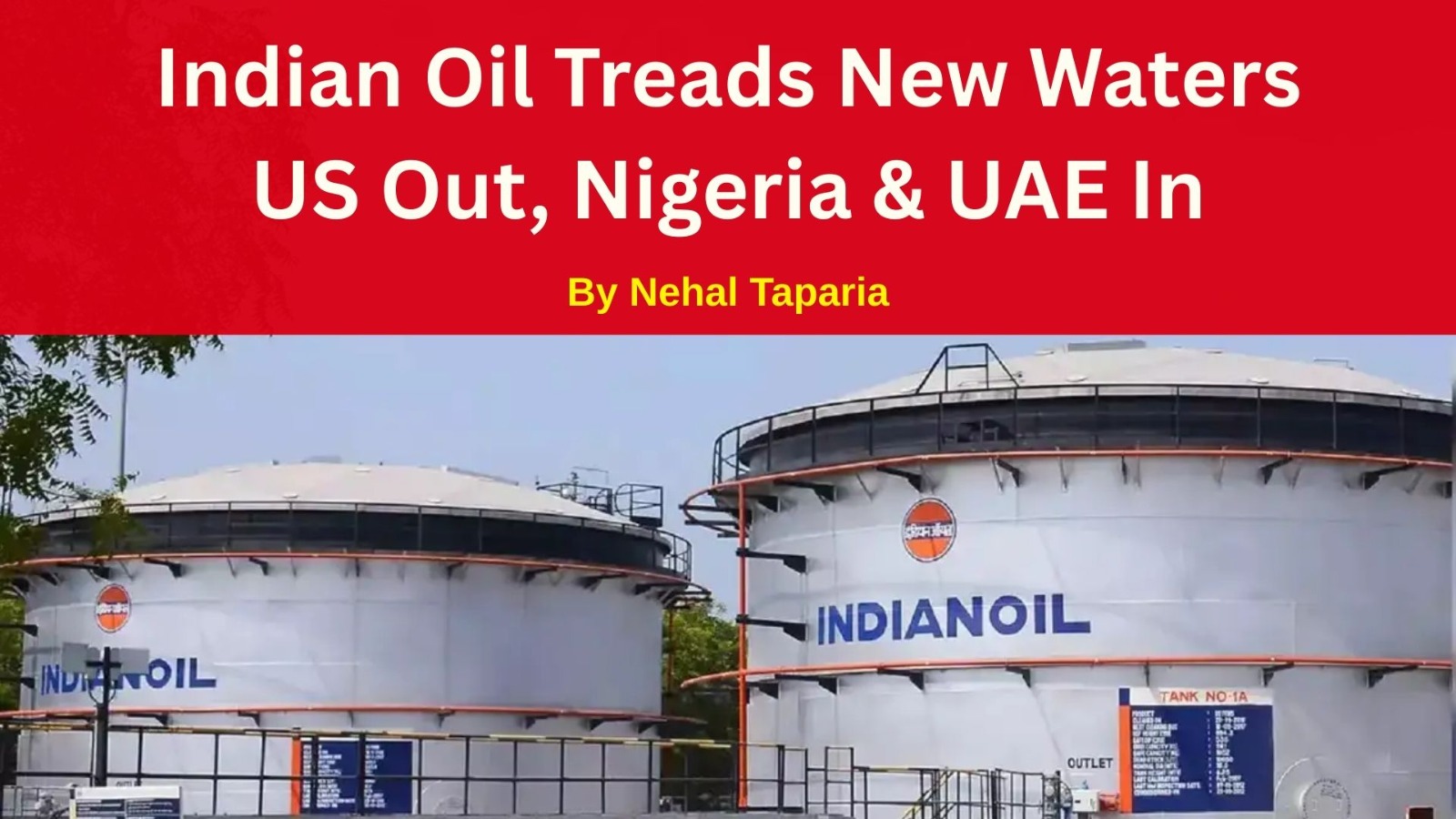Indian Oil Treads New Waters—US Out, Nigeria & UAE In

Indian Oil Treads New Waters—US Out, Nigeria & UAE In
Setting the Scene
On September 5, 2025, Indian Oil Corporation (IOC), the nation’s top state refiner, discontinued its purchase of U.S. crude oil in its latest tender. Instead, it secured 2 million barrels of Nigerian crude (Agbami and Usan grades) and 1 million barrels of Das crude from Abu Dhabi. These oils are set to arrive at Indian ports between late October and early November.
Why the Change of Course?
Although favorable arbitrage previously made U.S. West Texas Intermediate (WTI) oil appealing, the landed cost has surged, making Nigerian and Middle Eastern alternatives more cost-effective. Additionally, a 50% U.S. tariff on Indian goods—imposed as retaliation for India's continued imports of Russian oil—has escalated geopolitical and trade friction.
Market Flashpoints & Strategic Stakes
Geopolitical friction with the U.S. continues to deepen, as India's energy imports from Russia remain a point of contention.
IOC’s pivot to African and Middle Eastern crude signals a diversification strategy to mitigate both cost pressures and reliance on any single supplier.
How This Impacts the Indian Market
Sector Impact Highlights
Refining Margins Diversified supply can improve margins if landed costs remain lower compared to U.S. crude.
Trade Deficit Reduction in U.S. oil purchases may widen trade imbalance, but cheaper alternatives can offset costs.
Diplomacy & Trade This move reflects India’s balancing act—nurturing strategic autonomy while navigating U.S. trade tensions.
Fuel Prices Cheaper crude sources can stabilize domestic fuel prices, though volatility remains amid geopolitical uncertainty.
Investor Sentiment Energy sector may attract attention for operational adaptability, but geopolitical risk could temper enthusiasm.
Domestic Policy Highlights urgency for investment in refining capacity, alternate supply channels, and possibly greater supply diversification.
Final Thoughts
IOC’s decision to sidestep U.S. crude in favor of Nigerian and UAE alternatives reflects a delicate balance between economic pragmatism and geopolitical strategy. As India continues to guard its energy interests, market watchers will closely monitor whether these procurement shifts become a temporary tactic or part of a longer-term sourcing strategy.
By Nehal Taparia
This content is for educational and knowledge purposes only and should not be considered as investment or Trading advice. Please consult a certified financial advisor before making any investment or Trading decisions.
Our Recent FAQS
Frequently Asked Question &
Answers Here
1. Why did Indian Oil reject U.S. crude this time?
IOC found U.S. WTI oil economically unattractive due to high landed costs compared to Nigerian and Abu Dhabi grades—even though arbitrage previously favored U.S. imports.
2. What’s behind the 50% U.S. tariff on Indian goods?
3. Is India reducing Russian oil imports due to U.S. pressure?
4. How might this affect Indian energy security?
5. Could IOC return to purchasing U.S. crude later?
Copyright © By Empirical F&M Academy. Design & Developed by Techno Duniya


.jpg)


.jpeg)




